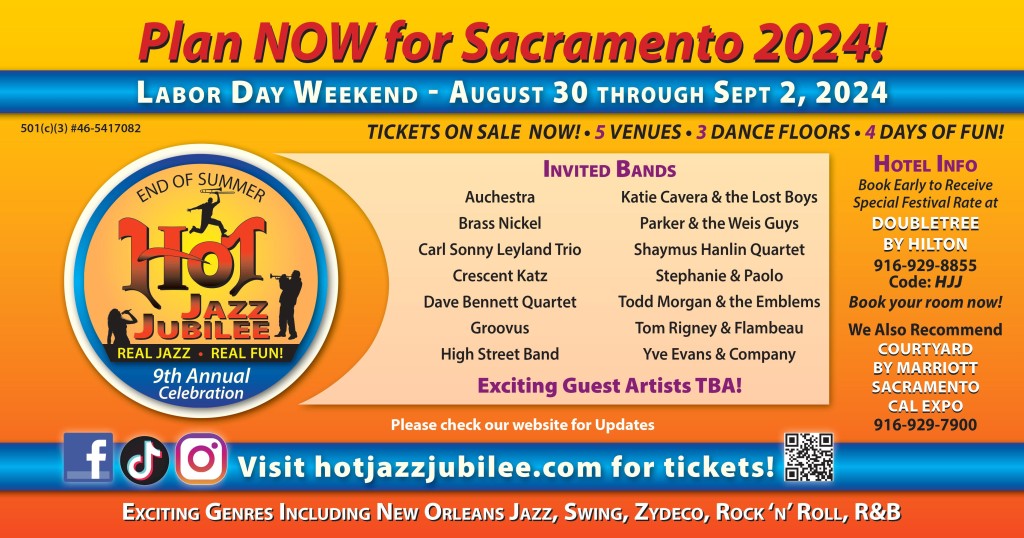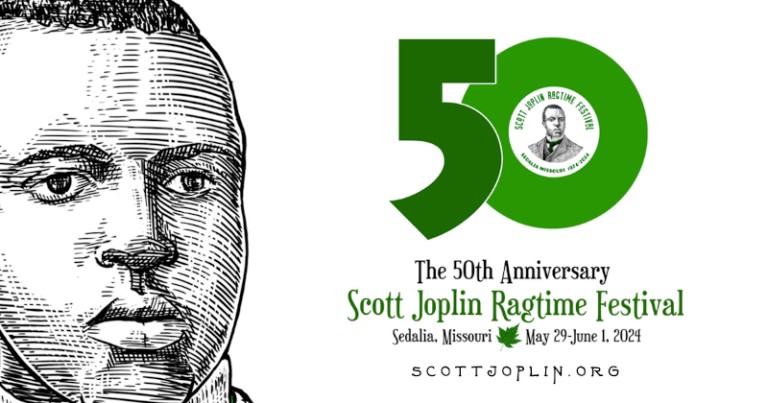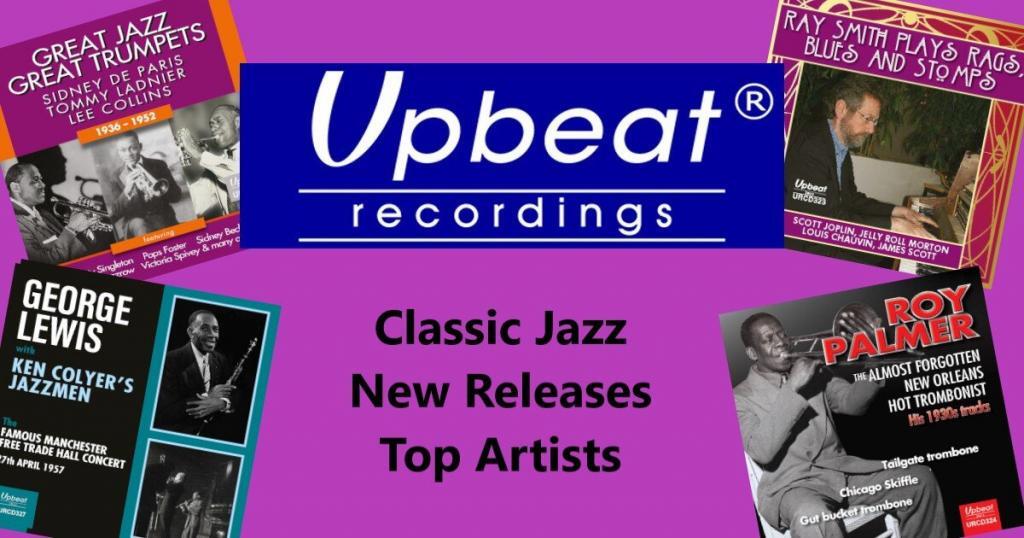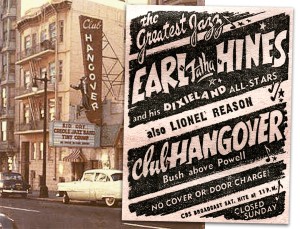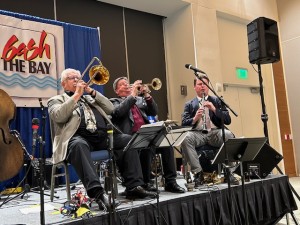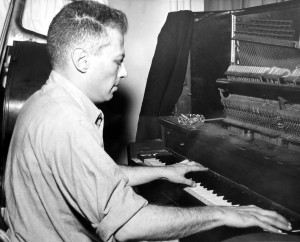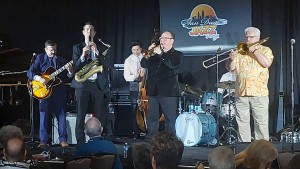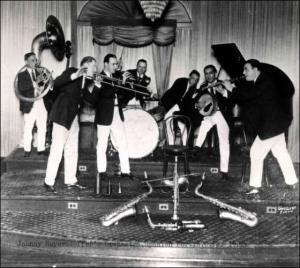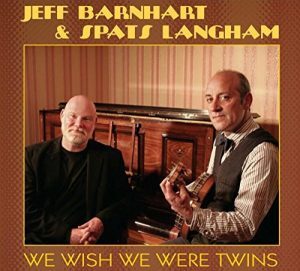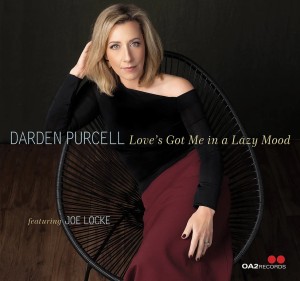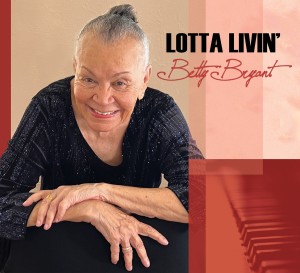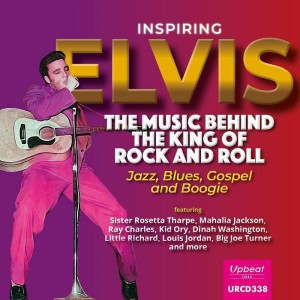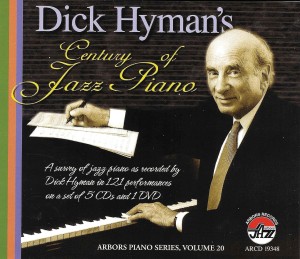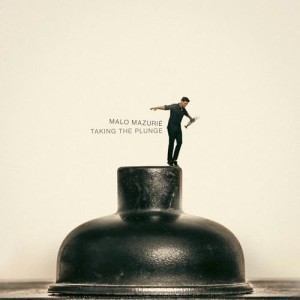Set forth below is the sixteenth “Texas Shout” column. It first appeared in the April 1991 issue of the West Coast Rag, (now Syncopated Times.) The following note was added when the column was reprinted in the late 90s.
Because the essay has not been updated, perhaps I should mention that I am now in my early 60s and have been retired for several years. Both of my predictions set forth in the column (about the prevailing Dixieland scene in which I would be functioning after my retirement) have pretty much come true.
In recent years, the Dixieland community has come to realize that, if our music is to survive in its present form, a larger proportion of young people must become involved with Dixieland. I’d like to share with you today some thoughts on the magnitude of the task before us, including some musical reasons why younger folks are not attracted to Dixieland, plus my views on the area where we should be concentrating our efforts.
First, some background. The mid-1950s may be thought of as the real beginning of the rock era — that is, the first time in which more rock songs than non-rock songs appeared on the hit parade lists. Rock has dominated the pop charts ever since, meaning that well over half the people in the U.S. have grown up in circumstances where their musical tastes were inevitably conditioned by the conventions of rock music.
What are those conventions and how do they differ from pre-rock music? Perhaps the most obvious difference to a non-musician is in the approach to rhythm.
Pre-rock popular music, not only jazz, but folk, country/western, ordinary dance music, etc., normally presents melody mounted on rhythm that generates a feeling of buoyancy and springiness, that seems to get off the ground, that has the characteristic referred to by jazzmen as “swing” (when they are talking about rhythmic momentum, not “swing” when it means the prevailing jazz style of the thirties). Usually, the lighter and less cluttered the rhythm, the more likely it is to have this flavor. By contrast, rock rhythm is deliberately heavy and loud, going for power instead of swing.
Other basic differences occur in phrase lengths and chord patterns. Pre-rock music almost always consists of four-bar phrases, and is constructed of chords utilizing the “circle of fifths” pattern (that is, the ears of a fan of pre-rock are conditioned so that if, say, a G7 chord is played, he expects the next chord to be a chord with a root of C, five notes below G if you count G as the first). By contrast, since the Beatles revolutionized popular music in the sixties, a phrase may be any length (the first line of “Yesterday” is seven bars long), and chord patterns tend to be based on guitar shapes (that is, a chord made by placing one’s fingers a certain way on a guitar fretboard may well lead to a chord which has the fingers placed about the same way one or two frets up or down the fretboard).
These are very fundamental differences. If your musical tastes were formed at a time when you were principally exposed to pre-rock music, you will have to make a conscious effort to adjust to and get comfortable with rock, and vice versa.
To illustrate this point, let’s use the native music of India as an example. During the sixties, Indian raga music achieved a certain degree of exposure in the U.S., typically rendered by a trio of sitar, tabla and tambura. Raga is very intricate and disciplined music, requiring hard work and practice to play properly, calling for a high degree of empathy among the performers.
If any of us heard such a trio today, we might be entertained for a short time, and we probably would appreciate the high degree of musicianship required to play raga music. However, few of us would make much of an effort to seek it out, either in person or on record.
Why not? Easy question. Raga music doesn’t speak to anything in our experience. We didn’t grow up with it. We would have to make the same effort to get into raga that we’d have to make to get into rock.
Raga isn’t around anymore in the U.S. The general public in the sixties was not prepared to make that kind of adjustment, and the popularity of Indian ragas turned out to be a passing fad.
The same principle is true for people who grew up during the rock era. If Dixieland is going to become accessible to them, they’ll have to make a considerable modification to their musical values, i.e., they’ll have to do a bit of work to appreciate it.
For a couple of years, my Red Lion Jazz Band played once a month at a hotel in a room where, when we weren’t appearing, rock was featured. From time to time, young folks would come in, not having checked the schedule and expecting to find rock. Often they would stay, dance, have a good time, and make a point of telling us at the end of the evening how much they enjoyed themselves.
However, they usually didn’t come back. The next time they went out, they did the natural thing and sought out music with which they were more at home, that they could enjoy without making any adjustments.
As we know, rock is ubiquitous. Radio stations that used to be “easy listening” stations (in the sense that you and I understand the term — Mantovani, 101 Strings, etc.) have switched to “adult contemporary” or “oldies,” both of which are essentially soft rock.
Movie soundtracks contain rock, even when it’s inappropriate (as for a story that takes place in pre-rock times). Commercials use rock music to get their messages across. The only forms of pre-rock music that are still popular are those that have co-opted rock devices, e.g., many country bands today have electrified instruments and drummers playing with a disco backbeat.
Why is rock so pervasive? As described above, the majority of today’s potential audience for music — people aged about 45 or younger — have trouble relating to anything else. They aren’t willing to do the work required to get into something like, say, Dixieland jazz, which is as alien to them as Indian ragas are to most of us.
I graduated from high school in 1954. I was already deeply into Dixieland and ragtime and was one of the youngest people I knew who was. Now I’m in my early 50s and I’m still one of the youngest. Nearly everyone in the audience or on stage at the Dixieland festivals, concerts, and clubs I attend is older than I am.
That’s a pretty scary situation when you think of it in connection with the future for Dixieland. Indeed, as I have previously pointed out in this column, people are already starting to present as Dixieland, and accept as Dixieland, a significant amount of non-genre music within the Dixieland scene. As I look ahead to retirement, with the hope that I might be able to locate in a spot that will provide me with more opportunity to play Dixieland and ragtime, I find myself becoming concerned that (1) what will be passing as Dixieland when I retire will no longer be anything I have any interest in playing and (2) there will no longer be a significant audience left that has much interest in hearing authentic Dixieland.
Quite a number of Dixieland jazz clubs have begun to address these concerns. They recognize that, if any substantial headway is going to be made, people must become involved in Dixieland when they are young, when their musical tastes are still being developed, and when they will not have to make a significant effort to adjust their ears to gain an appreciation of our music.
Involving youngsters in Dixieland is not going to be an easy job. In fact, two developments during the rock era show pretty clearly how difficult the task will be.
First, in the 1960s in England, there was a “trad boom” that lasted for a number of years. Dixieland was “in”, Dixieland concerts featuring several bands were well attended, younger players entered the field, and Dixieland recordings appeared on the popular charts. In fact, British trumpeter Kenny Ball’s rendition of “Midnight In Moscow” even crossed the Atlantic to become the last full-fledged Dixieland ride to head the U.S. hit parade.
Second, a similar thing happened with respect to U.S. ragtime in the mid-1970s. As a result of the success of the orchestral ragtime score to the hit film “The Sting,” everyone — classical musicians, major record labels, music publishers, you name it — was climbing on the ragtime bandwagon. Scott Joplin’s turn-of-the- century rag, “The Entertainer,” was, for a while, the number one pop tune.
Both of these surges of popularity were beyond the wildest expectations of Dixielanders and ragtimers. However, even with the benefit of major media exposure, neither of these fads took root. The conventions of rock music had become too firmly entrenched, the adjustments required of the general public were too great, and both Dixieland and ragtime receded to the hobby-music status that they occupy today.
If national popularity couldn’t resurrect our music, what tack can we take that shows promise? I think we could learn something from what’s happened to big-band music. Big-band is about the only kind of pre-rock music that has survived without substantial modification and continues to attract more than a smattering of the under-50 set.
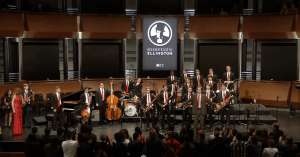
Why? Because, for about thirty years now, nearly every sizeable high school has had a “stage band” program, one with the faculty, students and parents behind it, with its own regional competitions and prizes. These high-school stage bands play, along with fusion (jazz licks plus rock rhythm) and progressive, plain old 1930s-type big-band swing and dance music. Thus, our young folks are discovering that they need make no listening adjustments to continue to enjoy big bands in their later years.
I would like to think that similar programs could be instituted in the public schools for Dixieland. As the oldest form of jazz, it has a legitimate claim on the attentions of students, particularly students in the U.S., where jazz originated.
There are, however, two problems that arise in teaching Dixieland that do not arise in teaching big-band. First, a Dixieland band will have substantially fewer members than a big band, thereby implying a smaller support base of student participants, parents, etc. Second, big-band can be taught in large part, or exclusively, from written charts, whereas Dixieland requires the teaching of improvisation.
Improvisation presents a special difficulty. The student can’t simply come to his sixth-period Dixieland class and expect to get comfortable improvising the way he can get comfortable playing arrangements in the stage band. He’ll need to work on his own to learn chord patterns and scales, and he’ll need to do some listening to Dixielanders, in person or on record, to find out what improvising is all about.
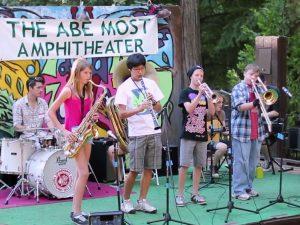
Still, Dixieland is a subject that is being taught successfully. There is a summer Dixieland camp for young instrumentalists run by the Sacramento Traditional Jazz Society that develops several combos at once during a few days’ intensive work. Southern Comfort has sponsored a contest for collegiate Dixieland bands that has produced both bands and individual players who have remained in the field. If I have my facts right, Bill Clark, tubaist for the Queen City Jazz Band, teaches Dixieland at the college level, while Dick Cruz, trumpeter/leader of the Fullertown Strutters, took his Dixieland clinic on tour recently for young players up and down the West Coast.
This is the direction we need to take, I think, if we’re going to keep the music alive in a meaningful way. We need to find secondary-school music teachers willing to recognize that jazz didn’t start with Charlie Parker, and get them teaching their students not only to play Dixieland but to play it for the remaining members of the student body and in regional competitions similar to those held for stage bands.
In short, as indicated above, occasional exposure of youngsters to Dixieland is not going to be enough, nor is the once-in-a- lifetime fad like the British “trad boom” or the Joplin/Sting craze. However, if Dixieland is something that our children accept as part of their daily lives, that is taught as part of their regular school routines, eventually it’ll start getting back onto the airwaves, into record bins, and on the concert stages.
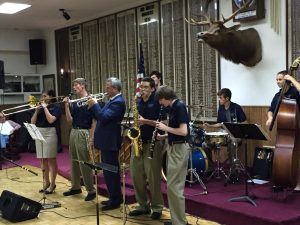
How can jazz clubs further the effort to get Dixieland into secondary school music curricula? Someone more familiar than I with the machinations of school boards and school administration will have to answer that one, I’m afraid. When the answer is provided, though, I’ll do my part to help.
If you really want to keep listening to our music, you’ll pitch in as well to help get it taught to youngsters when the opportunity comes. Otherwise, I fear that “Dixieland” events of the future are going to be featuring not the Dixieland you and I love so much, but bluegrass, Latin, urban blues and the latest thing in heavy metal.
Back to the Texas Shout Index.

The full run of “Texas Shout” has been collected into a lavishly illustrated trade paperback entitled Texas Shout: How Dixieland Jazz Works. This book is available @ $20.00 plus $2.95 shipping from Tex Wyndham, On request, Tex will autograph the book and add a personalized note (be sure to tell him to whom the note should be addressed).
Tex Wyndham’s 3 CD Guide to Dixieland with music and commentary is available for $20 plus $2.95 shipping. The separate CD, A History of Ragtime: Tex Wyndham Live At Santa Rosa, is available for $13.00 plus $2.00 shipping. On request, Tex will autograph the inner sleeve and add a personalized note (be sure to tell him to whom the note should be addressed).
Send payment to Tex Wyndham, P.O. Box 831, Mendenhall, PA 19357, Phone (610) 388-6330.
Note: All links, pictures, videos or graphics accompanying the Shouts were added at the discretion of the Syncopated Times editorial staff. They did not accompany the original columns and do not necessarily reflect the opinion of Tex Wyndham.
